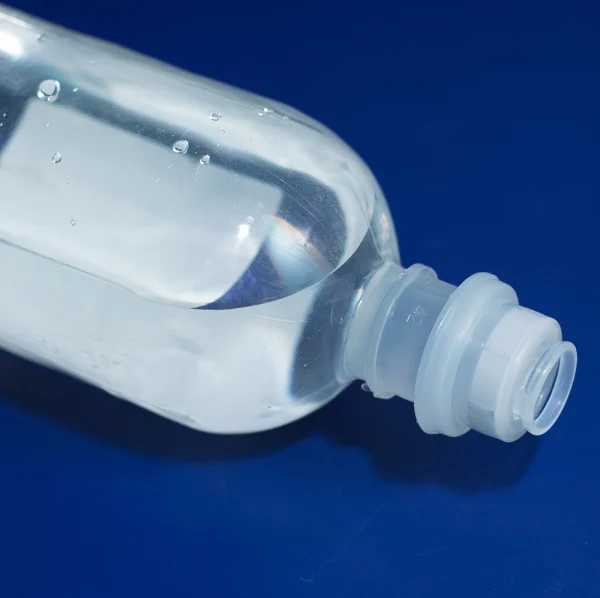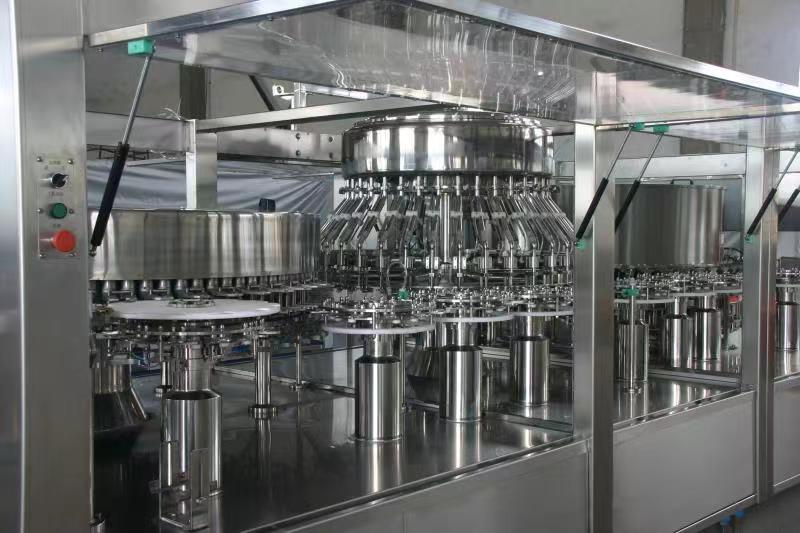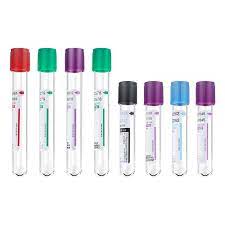When manufacturing polypropylene (PP) bottles for intravenous (IV) solutions, selecting the appropriate blow molding technique is crucial. The two primary methods in use are the one-step Injection Stretch Blow Molding (ISBM) process and the two-step blow molding process. Each method has its distinct advantages, challenges, and implications for the production process, quality control, and regulatory compliance. This article delves into these techniques, comparing their processes, benefits, and drawbacks to aid manufacturers in making an informed decision.
Overview of Blow Molding Techniques
One-Step Injection Stretch Blow Molding (ISBM):
The one-step ISBM process is an integrated method where the entire bottle manufacturing process— from injection molding of the preform to the blowing of the final bottle—occurs within a single machine. This technique is widely regarded for its efficiency and quality control.
Two-Step Blow Molding:
The two-step blow molding process separates the manufacturing into two distinct phases. Initially, preforms are created using an injection molding machine. These preforms are then stored and later reheated and blown into the final bottle shape using a blow molding machine.
Detailed Process Comparison
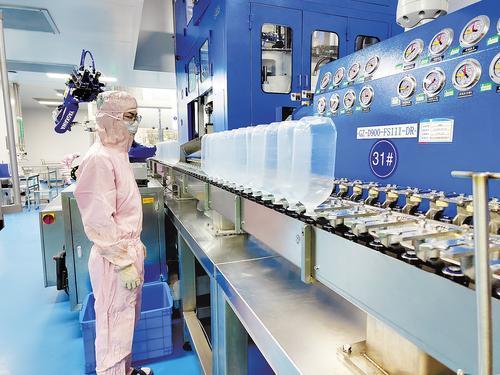
One-Step ISBM Process:
- Injection Molding: Molten PP is injected into a mold to form preforms.
- Conditioning: The preforms are conditioned (heated) to the appropriate temperature.
- Stretch-Blowing: The conditioned preforms are immediately stretched and blown into the final bottle shape within the same machine.
Advantages of One-Step ISBM:
- Integrated Process: Streamlines production by combining multiple steps into one machine, reducing handling and potential contamination.
- Space Efficiency: Requires less floor space as there is no need for separate machines for injection molding and blow molding.
- Quality Control: Enhanced control over the process leads to consistent bottle quality and fewer defects.
- Sterility: Reduces the risk of contamination, which is critical for IV solution bottles, as the preforms are not exposed to external environments between processes.
- Energy Efficiency: Often more energy-efficient since the preforms do not need to be reheated; they are processed immediately.
Disadvantages of One-Step ISBM:
- Higher Initial Investment: The cost of one-step ISBM machines is typically higher than purchasing separate machines for each step.
- Less Flexibility: Changing production runs can be more complex and time-consuming, making it less suitable for manufacturers with frequent design changes or small batch production.
Two-Step Blow Molding Process:
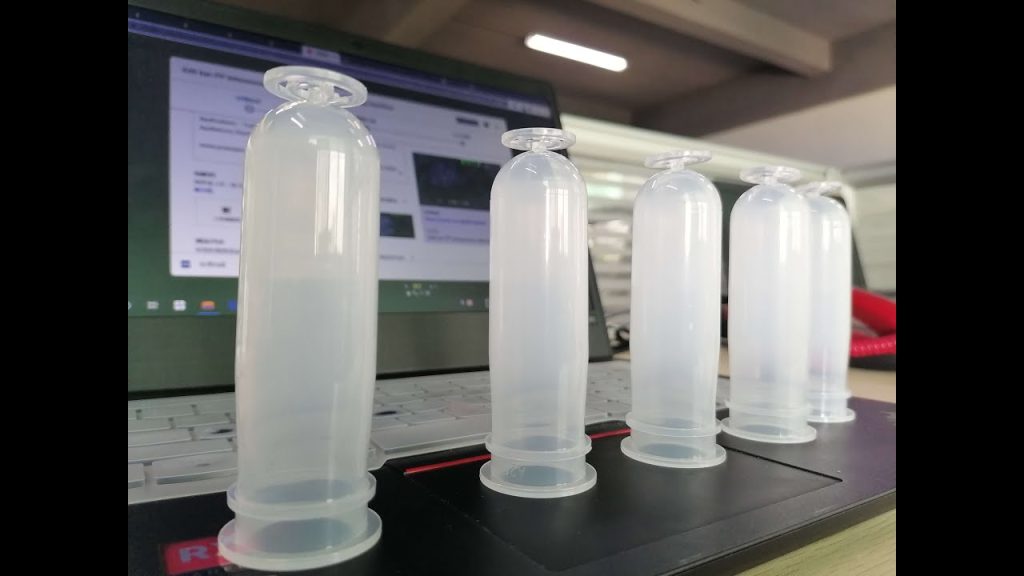
- Injection Molding: Preforms are produced by injecting molten PP into molds.
- Storage and Handling: The preforms are cooled, stored, and transported to the blow molding machine.
- Reheating and Blowing: The preforms are reheated to a suitable temperature and then blown into the final bottle shape.
Advantages of Two-Step Blow Molding:
- Flexibility: Offers more flexibility in production as preforms can be produced in large batches and stored for future use. This is beneficial for companies producing a wide range of products or those with fluctuating demand.
- Lower Initial Cost: Initial investment may be lower as it allows the use of existing injection molding and blow molding equipment.
- Scalability: Easier to scale production up or down by adjusting the number of preforms produced and stored.
Disadvantages of Two-Step Blow Molding:
- Handling and Contamination Risk: Increased handling of preforms between processes can introduce contaminants, which is particularly critical for medical applications like IV solution bottles.
- Storage Requirements: Requires additional space for storing preforms, which can be a logistical challenge.
- Energy Consumption: Higher overall energy consumption as preforms need to be reheated before blow molding.
In fact, with the continuous improvement of technology and process, the two-step blow molding machine and the injection molding machine are seamlessly connected from preform injection molding to the blow molding machine through a robot or a connecting channel, avoiding the risk of contamination caused by storage and transportation. The injection molding machine is connected to the blow molding machine in the same clean room, without the need for storage and transportation.
Key Considerations for IV Solution Bottles
Sterility and Contamination Control:
IV solution bottles must adhere to stringent sterility standards to ensure patient safety. The one-step ISBM process inherently minimizes contamination risk by reducing handling and exposure between manufacturing stages. This makes it a preferred choice for applications requiring high sterility.
Production Volume and Flexibility:
Manufacturers must consider their production volume and flexibility needs. For high-volume, continuous production, the one-step ISBM process offers efficiency and consistency. However, for manufacturers with diverse product lines or fluctuating production schedules, the two-step process might provide the necessary flexibility and adaptability.
Quality and Consistency:
Consistency in bottle quality is paramount for medical applications. The integrated nature of the one-step ISBM process allows for better control over each stage of production, leading to more uniform and defect-free bottles. On the other hand, while two-step blow molding can produce high-quality bottles, it requires rigorous quality control measures to ensure consistency across batches.
Economic Considerations:
While the one-step ISBM process often involves a higher initial investment, it can lead to cost savings over time through reduced energy consumption, lower contamination risks, and fewer rejects. The two-step process may have lower upfront costs and can utilize existing machinery, making it more accessible for some manufacturers. However, the potential for higher operational costs and the need for additional quality control measures must be factored in.
Regulatory Compliance:
Both processes must meet stringent regulatory requirements for medical-grade containers. The one-step ISBM process might offer an edge in compliance due to its integrated nature and reduced contamination risk, making it easier to meet regulatory standards consistently.
Choosing the Right Blow Molding Technique for Your Production Needs
Choosing between one-step ISBM and two-step blow molding techniques for manufacturing PP bottles for IV solutions involves balancing multiple factors. The one-step ISBM process is ideal for manufacturers prioritizing sterility, consistent quality, and efficient production in a compact setup. It is especially advantageous in high-volume, continuous production environments where contamination control is critical.
In contrast, the two-step blow molding process offers flexibility, scalability, and potentially lower initial costs, making it suitable for manufacturers with diverse product lines and variable production needs. However, the additional handling and storage requirements necessitate stringent quality control measures to ensure product safety and compliance.
Ultimately, the decision should be based on a thorough evaluation of production requirements, cost considerations, regulatory compliance, and quality standards. Consulting with equipment manufacturers and conducting pilot runs can provide valuable insights into the most suitable blow molding technique for specific manufacturing scenarios.
IV FLUID SOLUTION LINE
